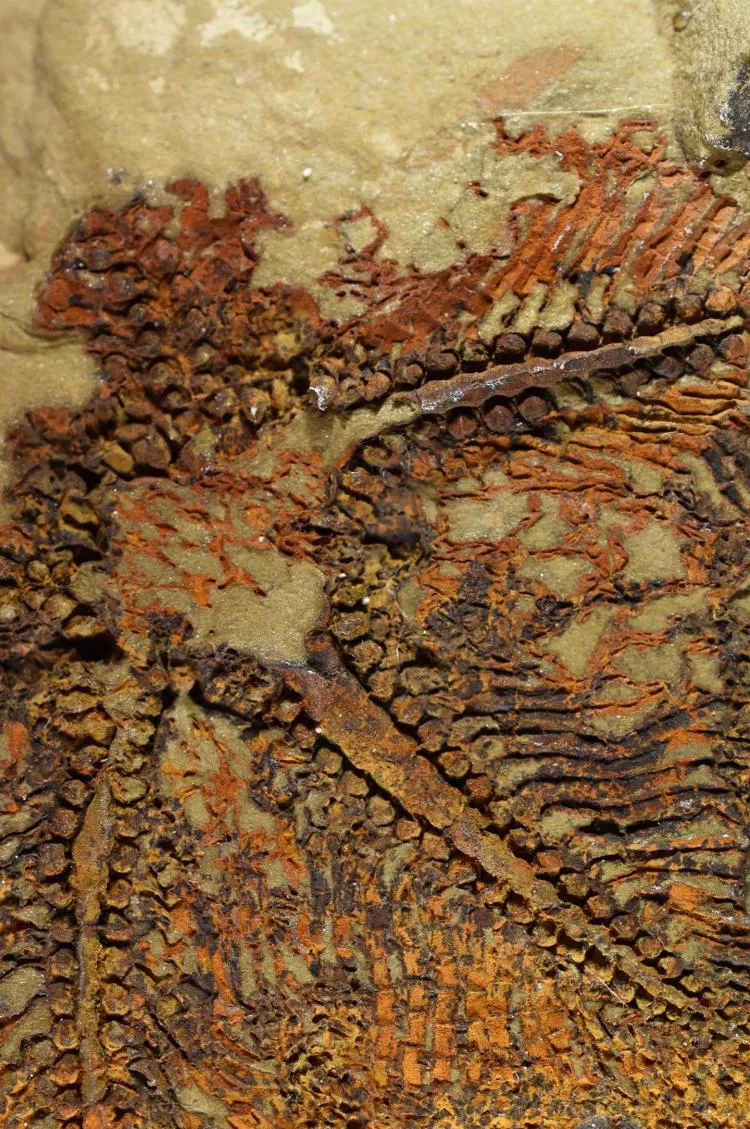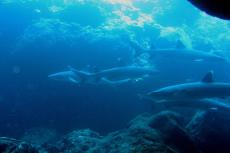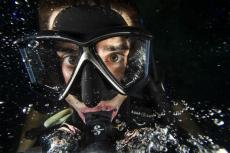Starfish-like fossil holds clues to evolutionary past
A well-preserved fossil has yielded valuable information about the starfish's evolutionary past.
A well-preserved fossil dating back 480 million years is being used by researchers at the University of Cambridge to decipher the origins of the modern-day starfish.
Named Cantabrigiaster fezouataensis, the fossil was discovered in Morroco's Anti-Atlas mountain range. Frozen in time for 480 million years, the fossil yields features that are similar to both sea lilies and modern-day starfish.
The animal is depicted as a feathery-armed filter feeder that used a cylindrical “stem” to fix itself to the sea bed. It lacked many of the key features of its contemporary relatives, possessing just about 60 percent of what a modern starfish has.
This fossil represents the early evolutionary steps of the starfish at a time when life suddenly expanded on the planet, a period that is known as the Ordovician Biodiversification Event.
Examining it alongside a catalogue of hundreds of starfish-like animals, the research team indexed the body structures and features, managing to build a road map of the echinoderm skeleton which could be used to assess how the prehistoric species was related to other related species.
They discovered that only the key or axial part of the body, the food groove was present in the Cantabrigiaster. Everything outside this, the extra-axial body parts, were added later.
These findings were recently published in the Biology Letters journal.
"The level of detail in the fossil is amazing - its structure is so complex that it took us a while to unravel its significance," said lead author Dr Aaron Hunter, visiting postdoctoral researcher in the Department of Earth Sciences, University of Cambridge



























